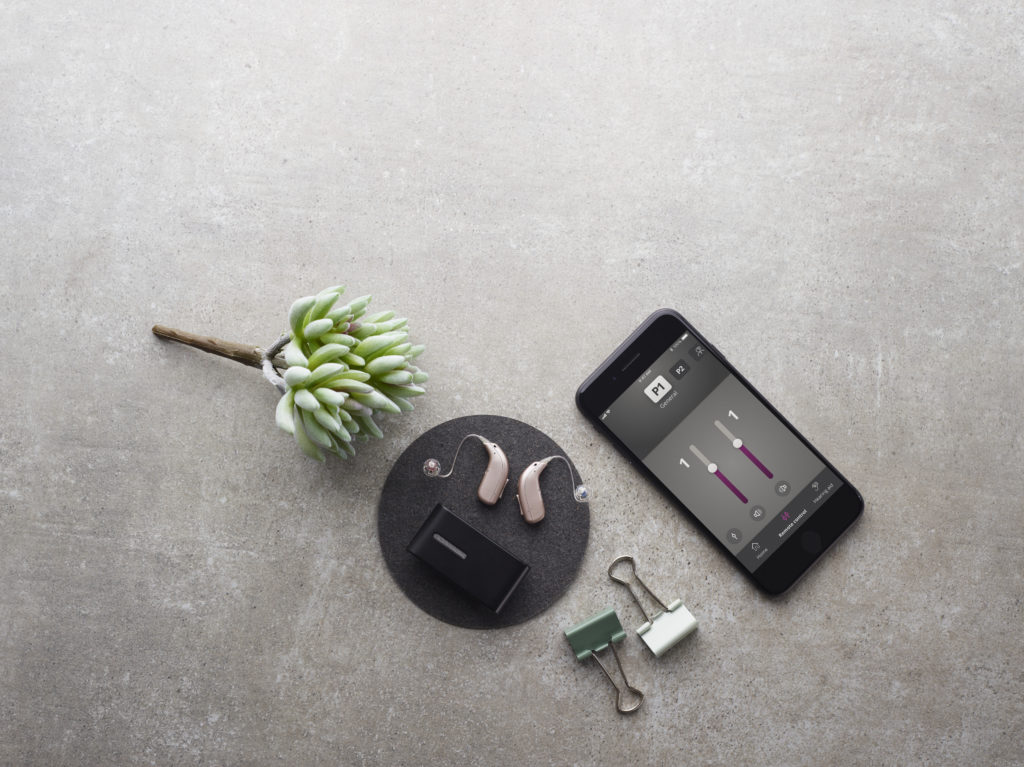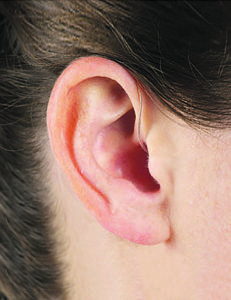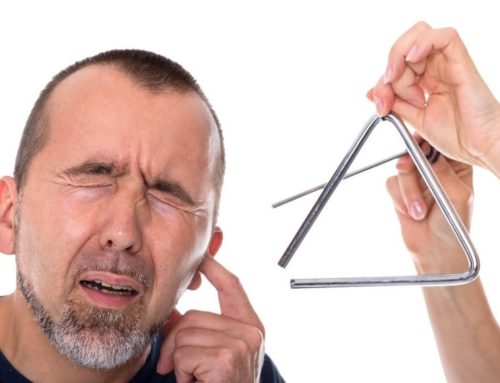Are your hearing aids whistling? What is causing that noise?
Acoustic feedback in current hearing aids
The whistling noise hearing aids may make is called acoustic feedback (often known as feedback). Feedback can sound like a squeal, buzzing, ringing, or a whistle. This sound may be annoying to you, or others around you.

Acoustic feedback or whistling was a common problem in hearing aids until fairly recently. Current hearing aids rarely have issues with acoustic feedback. A lot of innovation has gone into developing programs that manage feedback in hearing aids.
There are just a few special occasions where feedback may become an issue.
This page outlines the possible causes of feedback and what can be done about it.
What causes acoustic feedback in hearing aids?
Feedback occurs when sound enters the hearing aid microphone, gets amplified and comes out of the receiver (loudspeaker) into your ear. If the sound leaks out of your ear and back in the microphone it creates the feedback loop – reamplifying the same sound and causes acoustic feedback – a whistling sound.

What is making my hearing aid whistle?
It is unlikely that your hearing aids will whistle when they are first fitted for you. Your Audiologist will check there is no feedback in your hearing aids, many hearing aids have feedback tests and calibrations as part of the setup process. All hearing aids have systems that are designed to remove feedback, many using active feedback cancellation.
Sometimes hearing aids start to whistle over time. Here the reasons that feedback may occur:

- A build-up of wax in your ears – This is the most common reason that hearing aids begin to feedback over time. It is caused by the sound from the loudspeaker of your hearing aids being reflected off the wax causing the sound to leak out of your ear (and back into the microphone). This is easily fixed by removing the wax.
- Hearing aids have not been put into the ear canal correctly- If your hearing aids are not snuggly in your ear, sound may be able to leak out, leading to feedback.
- This can happen if the hearing aids are not seated into your ear canal correctly. It is important that you practice putting the hearing aid, earmould or dome deep into your ear canal.
- Poor fit of the hearing aid or ear mould over time – The fit may become looser over time and especially if there is a change in weight.
- Broken hearing aids or ear mould – If your hearing aid or earmould has cracked or broken, this can also lead to sound leaking out of your ear to cause acoustic feedback.
- Powerful hearing aids – People with more significant hearing losses require a lot of amplification in their hearing aids to compensate for their hearing loss. It is very important that people who have significant hearing losses have well-fitting hearing aids and ear moulds.
- Sound reflecting off close surfaces – Coming close to a surface near your hearing aid may reflect the sound back into the microphone and cause a brief whistle. This may happen if your head gets close to the side of a chair, when someone gives you a hug or when you are putting the hearing aids into your ears.
What can you do to stop your hearing aids from whistling?
- Check that your hearing aids are fitted correctly in your ear – ask someone else to check for you if you are not sure
- Check that you do not have wax in your ear canal – your Audiologist or GP will be able to look in your ear and let you know.
- Reduce the loudness of your hearing aids (as a short term fix) – this will reduce the chance of sound leaking out of your ear. Then make an appointment with your audiologist to fix the cause of the acoustic feedback.
- Check your hearing aid does not have any cracks or breaks in it.
- See your Audiologist – to adjust your hearing aids and stop the whistling.
What can my audiologist do to help?
- Check your ear for earwax, and remove the wax when necessary. Earwax can block your ear canal and cause the sound to bounce back out of your ear into the hearing aid microphone, creating feedback.
- Check the amount of sound that is leaking: your audiologist can run a program to check what sounds are being leaked out, in order to decide what the next best step is.
- Give you a better fit: The shape of your ears can change over time. Earmoulds that used to fit snuggly can become loose over time. It is common to need new ear moulds after a few years, especially your hearing has got a bit worse, and we have turned up the hearing aids to compensate. Please note that weight gain or weight loss can also change the shape of your ear.
If you are wearing domes or sleeves instead of earmoulds, you may need to move to earmoulds to get a better fit. - Adjust the sound of the hearing aids. We may need to increase the feedback compensation or change the sound slightly to reduce feedback.
- Check for other faults: sometimes feedback may be caused by a fault in the electronics. An Audiologist can help you decide whether the hearing aids need to be repaired.
Getting There, Parking and Access
By Car: Auckland Hearing at 66 Michaels Ave is a 2 minute drive (1.6 Kms) off the motorway. Exit the motorway at the Ellerslie Panmure Highway, Michaels Ave is on the left.
Parking: There is plenty of parking on the road directly outside the clinic.
Buses: There are bus stops on Marua Rd and Ellerslie- Panmure Highway, then about a 10-minute walk.
Access: The clinic is accessible on road level and has no stairs. There is wheelchair access.





